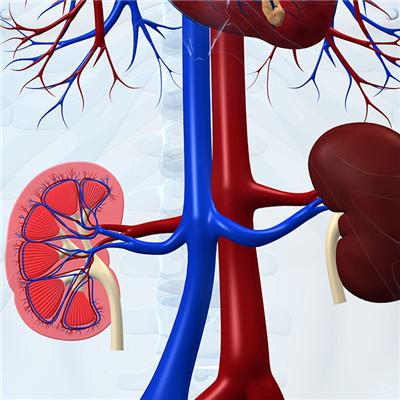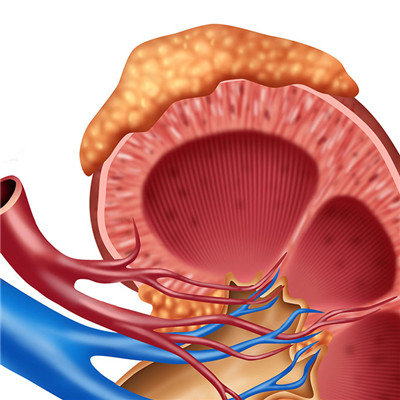Can congenital atherotransferrinemia lead to death?
summary
This disease, also known as congenital transferrin deficiency, is an extremely rare autosomal recessive genetic disease. The lack of transferrin in patients' plasma leads to small cell hypochromic anemia and a large amount of iron accumulation in liver, spleen, pancreas and other organs. Can congenital atherotransferrinemia lead to death?
Can congenital atherotransferrinemia lead to death?
In mammals, iron content is almost completely dependent on intestinal absorption. The serum transferrin concentration of normal people is 200-300 mg / dl. The patients with serum transferrin concentration higher than 20 mg / dl may not have clinical symptoms and anemia. The patients with serum transferrin concentration lower than 10 mg / dl may have severe growth retardation and anemia. It is suggested that the minimum required concentration of transferrin is 10-20 mg / dl. The absorption of iron in intestinal mucosa is normal. Due to the lack of transferrin in patients' plasma to transport the iron absorbed by intestinal tract to bone marrow, the hemoglobin synthesis of erythroblasts in bone marrow is seriously hindered, resulting in significant small cell hypochromic anemia, and a large amount of iron is deposited in liver, spleen, pancreas and other organs in the form of ferritin and hemosiderin. In severe cases, the function of corresponding organs is abnormal.
The main symptoms are chronic anemia from childhood, such as pale complexion, fatigue and weakness. Most cases have systolic murmur, some cases have hepatomegaly. Patients with liver, spleen, pancreas, thyroid, adrenal, heart and other organs have obvious iron deposition, some organs can also be accompanied by fibrosis, clinical also can appear hemochromatosis signs, the difference is that the disease patients bone marrow can be stained with iron deficiency. In individual cases, infection occurred repeatedly because excessive iron in the body provided a good environment for bacterial reproduction. Most of the children had growth retardation. The patient's parents were heterozygous, and their plasma transferrin concentration was half of normal, but there was no anemia. The patient is homozygous, and his brothers and sisters may also suffer from the disease.
The degree of anemia varies greatly. Hemoglobin 32-91 g / L; Serum iron was 1.8-6.8 μ mol/L; The total iron binding capacity was 4.1-14.0 μ mol/L。 The concentration of transferrin was measured by radioimmunoassay, and the normal value was 25-40 μ There is no precipitation ring or only a small diameter precipitation ring, which is a strong evidence for the lack of transferrin. The concentration of transferrin was 0-5 μ mol/L。 Iron metabolism studies showed that intestinal absorption of iron was normal or increased, and iron utilization rate decreased to 7% - 55% (70% - 100% in normal people). After injection of normal human plasma or pure transferrin, reticulocyte and hemoglobin increased in 10-14 days.
matters needing attention
Autosomal dominant diseases can cause death, disability and stupidity. The risk of the next generation is 50%. It is obvious that it is not suitable for marriage. The marriage between heterozygotes of recessive genetic diseases is the main source of children with severe genetic diseases. Therefore, it is necessary to dissuade the marriage between two heterozygotes.














